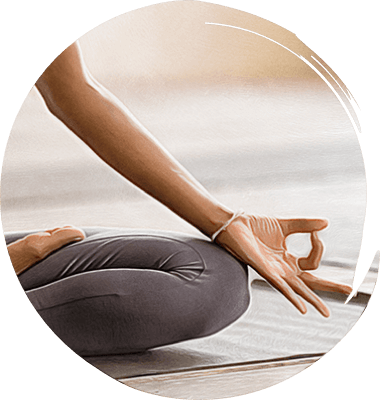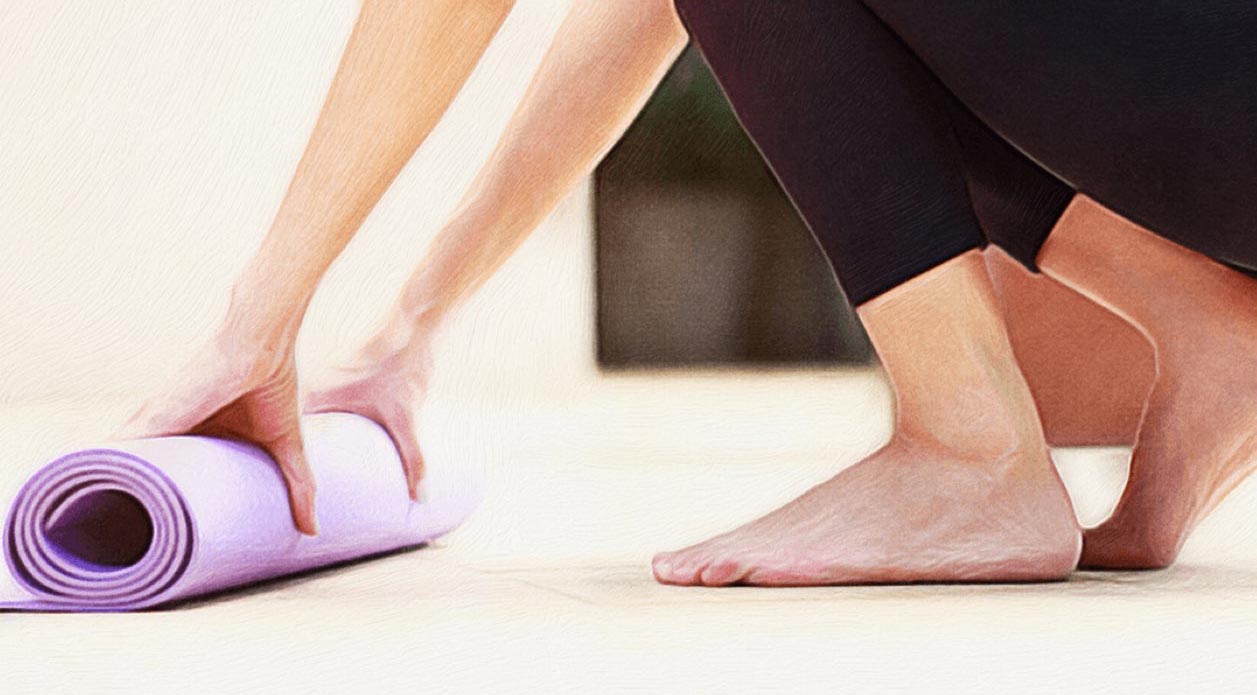Jade was diagnosed with type 1 Gaucher disease at 5 years old. She spent her childhood dealing with an enlarged spleen and terrible daily pain. Today, she is a successful business owner and a mother of two. Over the years, she has found lots of strategies that help her find the energy and patience she needs. Now she is pleasing clients, caring for kids, and navigating insurance call centers.
But to learn all that, she went through a long journey. It started with her first year of college.

When I went to college, it was my first time being fully on my own. All of a sudden, you’re responsible for everything by yourself, plus you have all these new classes and all these new responsibilities. Up until I started college, my mom had been the one managing my Gaucher world.
“In high school I was a 4.0 student, I got a ton of scholarships, won different awards, was very involved in so many things. I was in student government. I was in theater. I was in chorus. I was always very, very involved. I went to college and all of that dropped away. I didn’t even know where to begin. I was very, very overwhelmed and the further along I got, the more overwhelmed I felt. I just had a slow fadeout, and I honestly wasn’t even thinking about my health. I was eating terribly, I wasn’t getting out of bed for class, and I was struggling. I sought counseling at school, and they said, ‘You have depression.’ From there, college was a steady decline into feeling very, very depressed, very, very, very fatigued, and very out of it. Class was a blur.”
Finally, Jade (the 4.0 student and scholarship winner) left college in the middle of her second year. She knew she was in trouble. So she did the smartest thing she could: she spoke up and got help. Between parents and professionals, she worked to get back on track.

Staying on track
Fast-forward through returning to school, insurance hassles, new nurses, new loves, kids, graduate school. Fast-forward through years of day-to-day life. Although Jade was managing life’s responsibilities, it was never simple.
Gaucher kept Jade from feeling totally in control. She was playing defense, reacting as best she could to something that felt beyond her capability to control.
One day, Jade decided to write down her meals. She started to consistently write down when, what, and how much she ate. She did the same for how, when, and what she was feeling.
I honestly didn’t realize how much time I spent feeling sick until I sat down to track my meals and moods.
Tracking her meals unlocked a critical connection that Jade had overlooked for years. She discovered the impact that food had on her moods. The healthier she ate, the better she felt.
Finally understanding this gave her a whole different outlook on her mental and emotional wellness. She now understood what she had within her power to control.

An exercise plan to help manage pain
Jade loved what she was seeing from her lifestyle changes, but she wondered what else she could do. That’s where meditation and yoga came in.
“Meditation was hard for me at first, because I am prone to stress and anxiety, so it’s very, very hard to sit down and shut my mind off. Even if I sat there for 20 minutes, I wasn’t getting into the meditative space because I was so stressed out.
“But yoga gave me a purposeful direction where to focus my mind—I had to focus on the pose and the breathing. From there, I was eventually able to move into meditation.
“Growing up, most activities were off limits to me because of my spleen being enlarged and then problems with my knees. So yoga was a good place to start for me because it’s very gentle on my body, and it just helped me get things moving. I’ve discovered that if I’m active at least every 4 days, I don’t get the pain. When I was younger, I thought, ‘I’m in pain, I can’t exercise.’ Now, I find that exercise can actually help me, depending on the type of pain.”
Beyond the physical benefits yoga provided, Jade found a mental and emotional layer that was just as crucial.
“The nice part about the yoga-meditation combination was that I could recognize that I felt awful, but I felt like I was still OK underneath it, whereas before when the pain would hit, I just felt lost in an emotional whirlwind of chaotic feeling. But when I began doing meditation and yoga, I was able to breathe through it and say, ‘OK. Let’s just do what I can do today.’ It gave me the peace and resilience to get through the times that were harder.

The meditation and yoga give me that extra something to help me navigate even the harder parts of life. By combining nutrition, exercise, and a management plan I discussed with my doctor, I know I’m doing everything in my control to make this better for myself.
Jade has found a combination of habits that help her feel better. But it’s important to keep in mind that everyone’s body is unique and reacts differently to diet, treatment, and exercise. You should always talk to your healthcare provider about your specific situation and needs. Your healthcare team will always be your best source of information.

Showing up for yourself
Growing up with Gaucher is hard enough. When you add in the stresses and responsibilities of adulthood, the daily demands can quickly become overwhelming. With her deeper understanding of how nutrition, exercise, stress, and Gaucher may affect each other, Jade was finally able to make improvements in managing her health.
I’ve learned to schedule my life a little differently. On the days I’m not feeling well, I try to clear my schedule as much as I can so I have less weighing on me. I also make sure that I have a lot of good food in the house, and I make sure I set aside time to exercise, but that I’m not overdoing it.
Jade has come a long way from her college years. She now knows how to better balance responsibilities, life, and Gaucher. And she’s happy to share the lessons.
I heard a quote recently, ‘You have to learn to show up for yourself.’ I think that especially with a disease that can have such a big impact on your day-to-day functioning, if you’re not showing up for yourself, that disease is taking over. Whereas if I’m eating right, and I’m working out, then I’m empowering myself, taking control, and improving my own day-to-day life. That’s how I show up for myself.”

5 strategies Jade uses to improve her wellness
Foster the physical
We all need to take care of our bodies. Eating healthy foods, exercising within your means, and getting enough rest are great places to start. If there are changes you’d like to make to your lifestyle, talk to your healthcare team about them first. They will provide the best guidance according to your needs.
Mind the mental
Fight the urge to compare yourself to others. Everyone is on their own journey. Giving yourself time during the day to clear your head and reset is one way to combat feeling overwhelmed. Taking time to relax or do something for yourself is not selfish. It’s self-care.
Embrace the emotional
Being able to acknowledge when things are tough is one of the key ways to get through those tough times. Asking for help is a sign of strength.
Connect with the community
Build a support network. It might include:
- Family
- Friends
- Advocacy groups
- Private patient or caregiver groups
- Healthcare providers
Not only will they be there for you, but you can share what you’ve learned and help others.
Maintain the medical
It’s important to manage your health and communicate your questions, needs, and concerns to your healthcare providers. This way you can try to address issues before they become urgent.
Tagged in: College challenges, Healthy habits, Health tracking, Self-discovery, Well-being



